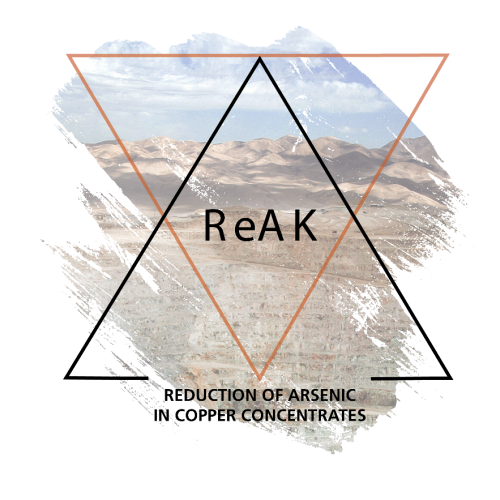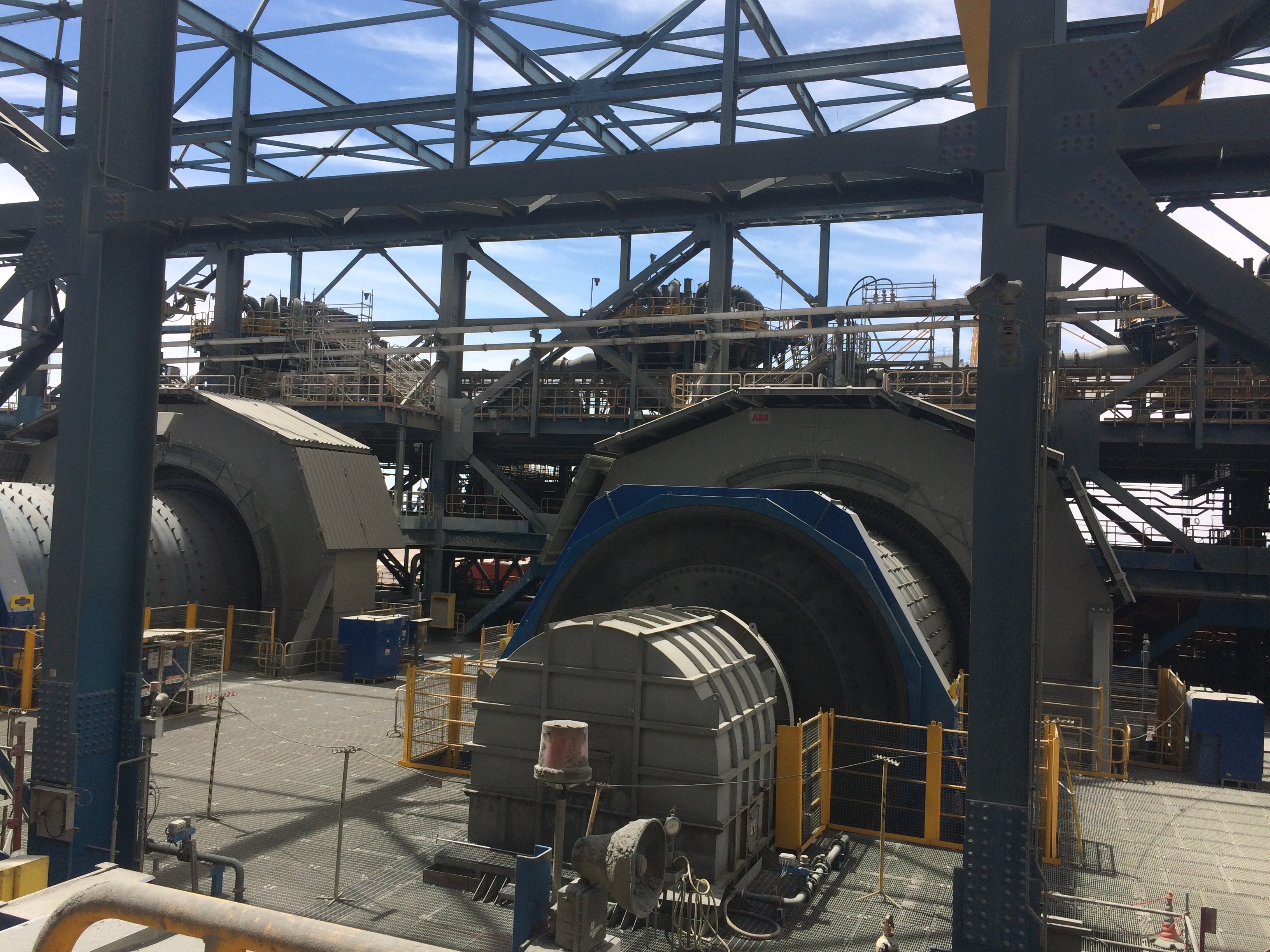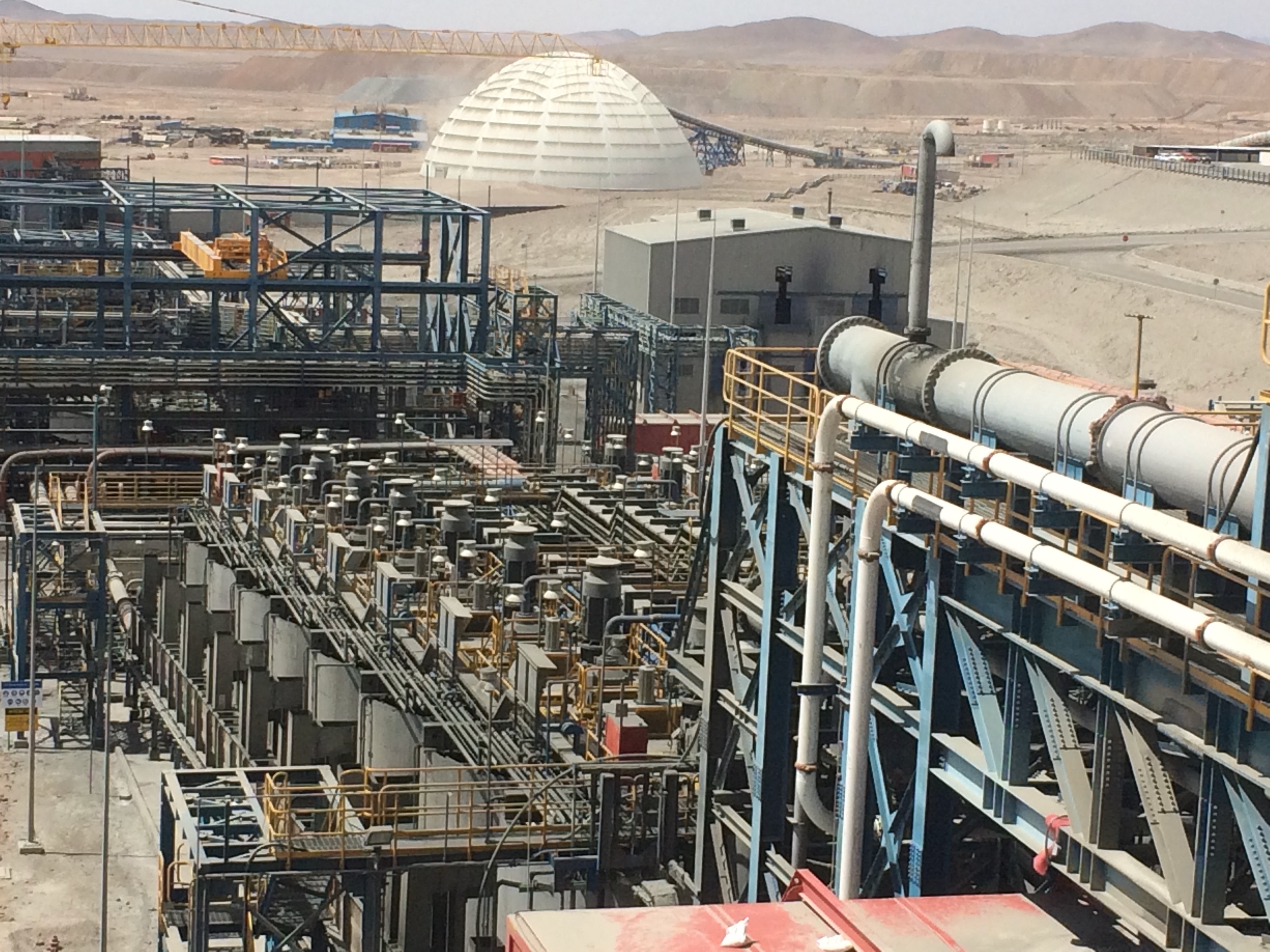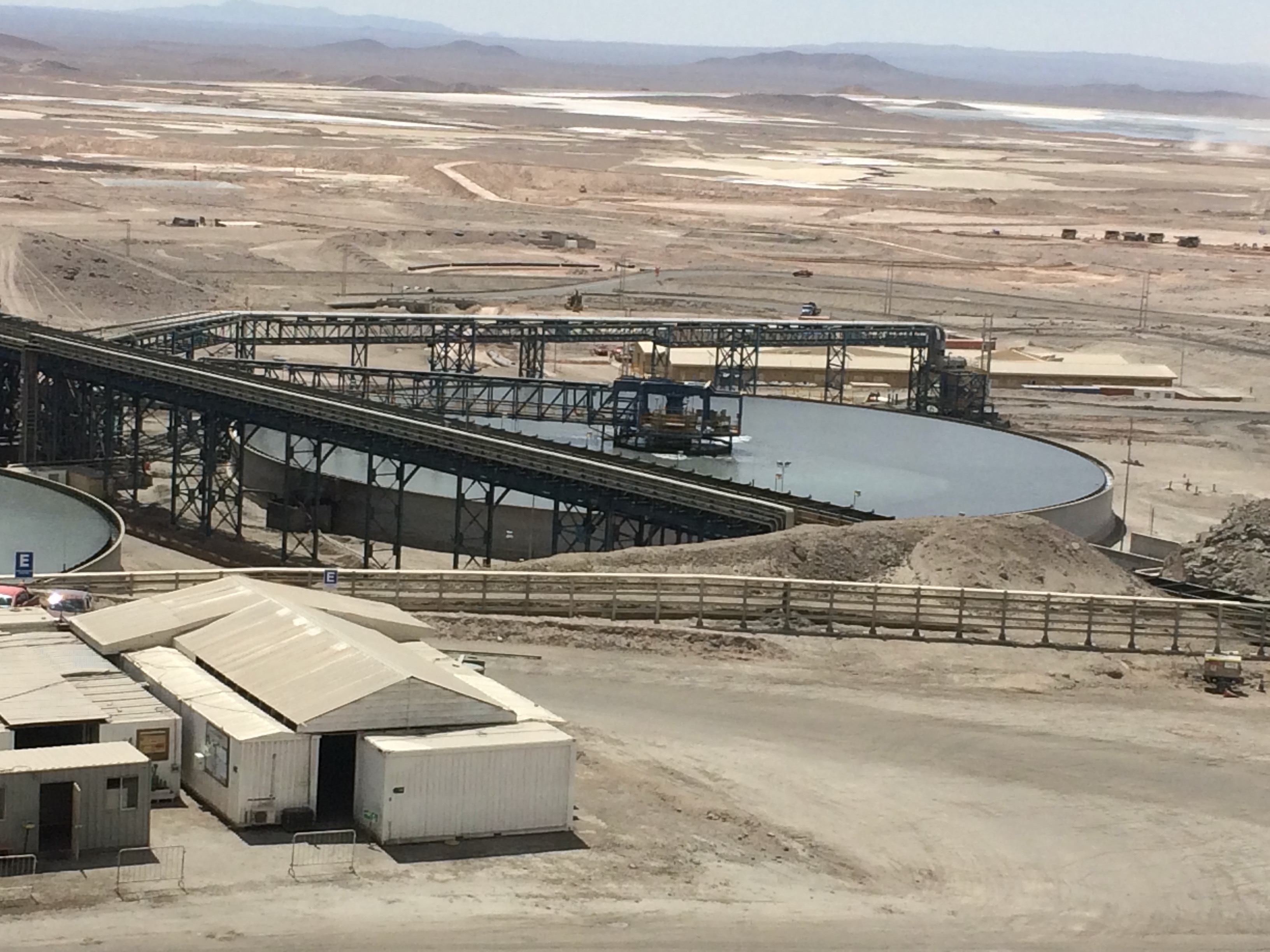

Good health and well-being
Decent work and economic growth
Responsible consumption and production
Partnerships for the goals
Clean water and sanitation
Coordinator: Fraunhofer-Einrichtung für Wertstoffkreisläufe und Ressourcenstrategie IWKS
Contact person: Anna-Lisa Bachmann
Address: Brentanostraße 2a, 63755 Alzenau
E-mail: anna-lisa.bachmann(at)iwks.fraunhofer.de
Tel.: +49 6023 32039-834
Project partners in Germany
- Bundesanstalt für Geowissenschaften und Rohstoffe
- Technische Universität Bergakademie Freiberg
- Wismut GmbH
- EKOF Mining & Water Solution GmbH
- Outotec GmbH & Co.KG
- EnviroChemie GmbH
- Borregaard Deutschland GmbH
- Aurubis AG
Project partners in Chile
- Pontificia Universidad Católica de Chile
- Universidad de Concepción
- Universidad de Santiago de Chile
- Sustainable Minerals Institute, International Centre of Excellence
- EcoMetales
- Hidronor
- Alta Ley
- Deutsch-Chilenische Industrie- und Handelskammer
Reduction of Arsenic in Copper Concentrates
With 27% of global production, Chile is the world's largest copper producer and exporter ahead of Indonesia and the United States. This makes copper mining one of the country’s most important exports. However, this also entails significant economic and ecological challenges. The German-Chilean CLIENT II ReAK project aims to improve the copper extraction process in Chile.

Copper mining in Chile – the challenge
In Chile, the copper content in extracted ore is a mere 0.5 to 2 percent – on the other hand, contamination by arsenic, antimony and bismuth is quite high. Arsenic in particular is a highly toxic, inorganic pollutant that poses a threat not only to human health but to the entire ecosystem. Some countries have therefore set arsenic limits that make it necessary to purify the copper ore extracted in Chile. Existing methods for separating and stabilising the arsenic have so far not proven sufficiently economical. In addition, the separated arsenic currently deposited in the Atacama Desert is in parts water-soluble. Climate change is driving a rise in rainfall in this otherwise arid region. As a result, the water-soluble arsenic contaminates soil and groundwater and thus poses a significant risk to people and the environment.

Research content and goals
Funded by the Federal Ministry of Education and Research, the ReAK – Reduction of Arsenic in Copper Concentrates project primarily aims to optimise and advance the development of the existing processes as well as to establish new processes for handling copper ores and their concentrates that are rich in arsenic. The project particularly focuses on the challenge of increasing arsenic levels in the ores and the concentrates thereof. The project considers the entire process chain of copper extraction from copper ores, from the separation of by-products to the stabilisation of the arsenic and the disposal of residues. Besides separating fractions of ore that are rich in copper from those that are low in copper, one approach is to make the flotation process as selective as possible with regard to arsenic. Copper concentrates and intermediate products that are rich in arsenic are to be treated using processes to separate and stabilise the arsenic. For this purpose, the project investigates and advances various approaches, such as sulfidic leaching, biological leaching, various roasting processes and innovative oxidative extraction processes. These methods will be used to separate the arsenic and convert it from As(III) to the more stable As(V). The research consortium will furthermore investigate the leaching behaviour of the precipitated arsenic compounds and their stability in relation to various climatic conditions, which will provide information on which arsenic compound is best suited for landfilling.

Final evaluation of the procedures used
Both the ecological (Life Cycle Assessment – LCA) and economic (Life Cycle Costing – LCC) aspects will be assessed across the entire process chain to enable a comparison of the different processes. The summarised findings will ultimately serve as a decision-making tool for the industry as well as for the Chilean government with regard to the selection of technologies and disposal guidelines.
In the long term, this will expand and strengthen economic relations between Chile and Germany. At the same time, it will promote the protection of people and the environment by ensuring the sustainable disposal and implementation of appropriate barrier systems for environmentally hazardous residues.
For more information on the project, please visit www.reak.info.
Interview with the project coordinator of ReAK

